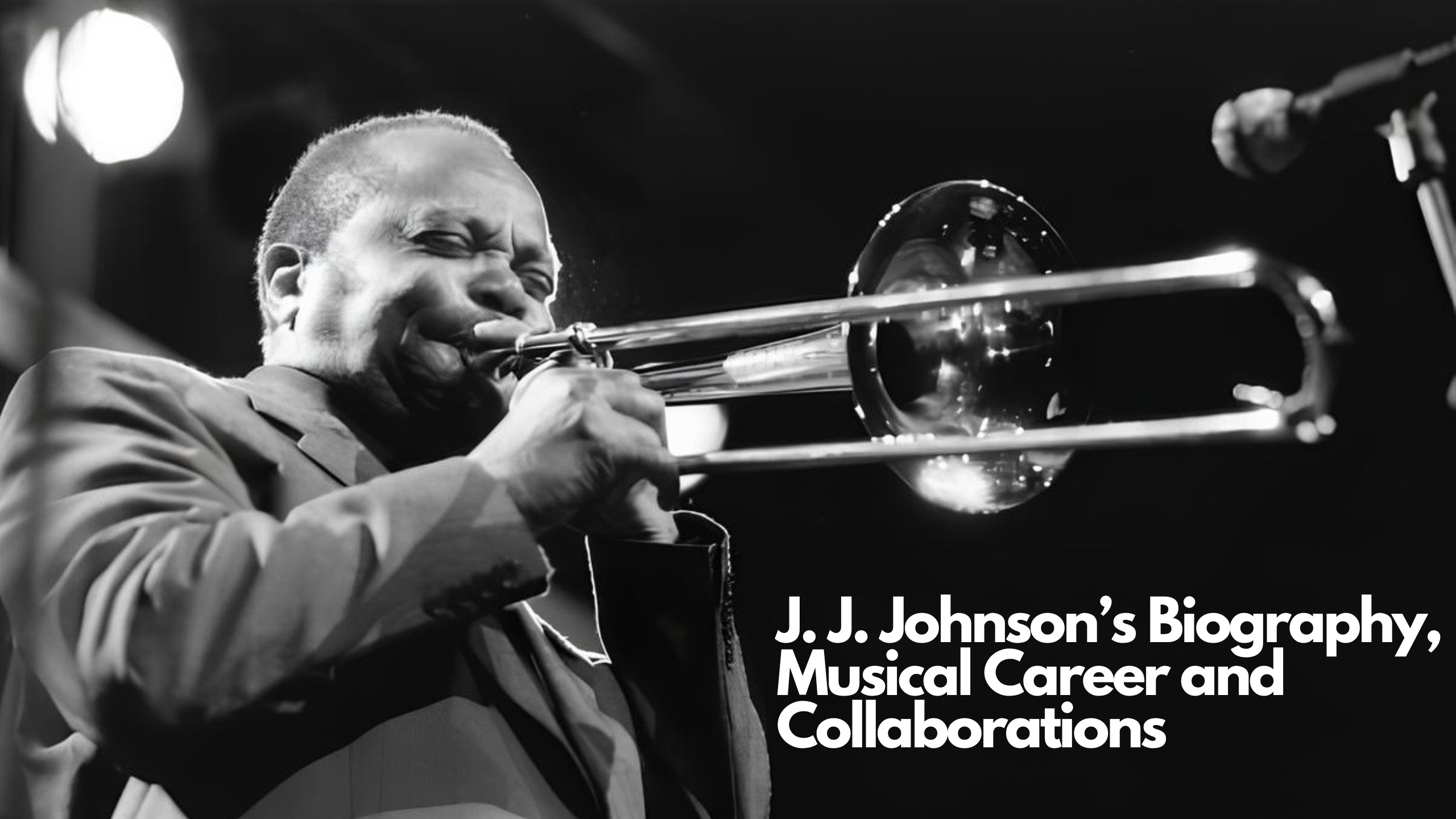
J. J. Johnson’s Biography, Musical Career and Collaborations
Considered the father of jazz trombone by many musicians of his and next generations, J. J. Johnson entered the history as one of the first trombonists to embrace fast tempo style with complex chord progressions called bebop. In this article, we will highlight the most important chapters of J. J. Johnson’s personal and creative life.

Early Years and First Success
J. Johnson was born on January 22, 1924, in Indianapolis, Indiana, in a strict religious family. His father and mother regularly attended church and expected Johnson to join the Baptist church as well.
At the age of 11, J. J. Johnson started to learn the piano. During his school years, he also played the baritone saxophone. When he was 14, his classmates formed a music band, which he joined as a trombonist. That was the time when he decided to embrace this instrument and kept on playing it for the next years.
His early interest in music was connected with admiration for a tenor saxophonist, Lester Young, especially his solos. J. J. Johnson also appreciated the trombone works of Trummy Young, Dickie Wells, and J.C. Higginbotham.

Johnson gained his first touring experience with Clarence Love’s band in 1941. The next year, in March, he became the member of Snookum Russell’s band, which provided the chance to tour with Fats Navarro. Johnson also had an intensive touring experience with Benny Carter’s Orchestra, which he joined as a trombonist and staff arranger in 1945. He was also featured as a soloist on Benny’s album Love for Sale, released in 1943. After a racially motivated incident at a nightclub during his work with Carter’s Orchestra, the musician decided to leave the band in 1945. The same year, he started to collaborate with a famous pianist William “Count” Basie, and that led to his appearance on two records “Rambo” and “The King”, recorded in 1946.

Johnson and his Collaboration with Jazz Legends
Johnson earned a reputation as a skillful trombonist with a stunning ability to play the trombone as fast as humanly possible. His quickness didn’t go unnoticed. At the beginning of 1946, when he was no longer the part of William “Count” Basie’s band, he was noticed by trumpeter and bebop pioneer Dizzy Gillespie. Hearing Johnson’s fast tempo playing, he insisted that the musician join the bebop movement. Dizzy believed that the trombone could be played differently, and someone like Johnson really managed to do it.
During the 1940s, Johnson performed for small groups of New York. That was the period when he had a chance to collaborate with many jazz greats such as Dizzy Gillespie, Miles Davis, Charlie Parker, Illinois Jacquet, John Lewis, Babs Gonzales, and many more. He also recorded as a leader of small groups where many now famous musicians played, such as Max Roach, Sonny Stitt and Bud Powell.

Johnson and his Struggles as a Musician
Although Johnson earned a reputation as a talented representative of modern jazz, he also faced a few serious challenges. First were his struggles with finding work on New York’s jazz scene. In 1946, he lost his cabaret card – a kind of permit required for all performers in New York that prevented him from playing in the most prominent clubs for almost twelve years.
Second was his interest in heroin. Although he didn’t develop a serious addiction, he became part of the chaotic drug lifestyle. That affected his musical career and in 1952, he left music. He balanced his work on a position as a blueprint inspector for Sperry Gyroscope during the day, while recording for small groups in his free time.

Johnson’s Comeback and Further Success
After he recorded The Eminent Jay Jay Johnson in two volumes in 1954, he came back to the jazz scene. The recording became a kind of audio textbook for jazz trombonists. During his period of coming back, he collaborated with trombonist and jazz composer Kai Winding, with whom he created nine successful recordings. They became known as Jay and Kai Quintet. This collaboration entered Johnson’s personal history as one of the most productive moments of his career. Two musicians were absolutely different as performers and personalities; however, they blended very well. Together, they frequently performed in the U.S. nightclubs. In early 1980s, their duo even appeared on jazz festivals in Japan. He also recorded Lament for the Savoy on the album Jay and Kai, which became his well-known original composition.

From the mid-1950s Johnson switched to a solo career, collaborating with small groups and touring with them across the USA, Scandinavian countries and the UK. By 1955, Johnson had received many positive feedbacks and awards, including an award from a Down Beat magazine, where he regularly held a reputation as a poll-winning trombonist.
The musician was interested in composition. He took an active part in the “Third Stream” movement and created his first Third-Stream work “Poem for Brass”. However, his great interest in composition didn’t prevent Johnson from collaborating and recording with small groups, with which he proved to be a successful leader and sideman. Although he was still not permitted to play live concerts in New York, he managed to make his first European Tour in 1957, visiting many cities including Stockholm and Sweden where he performed in front of huge crowds. Once again, he rejoined Granz’s JATP, which positively affected Johnson’s career, cementing his reputation as a one of the best jazz performers.
He also recorded the album J.J. Inc. which became an example of a successful collaboration with Freddie Hubbard, Clifford Jordan, Cedar Walton, Arthur Harper, and Albert “Tootie” Heath.

In 1961, Johnson recorded a thirty-five-minute solo feature for Dizzy Gillespie Perceptions. In 1963 album he recorded an album, J. J.'s Broadway, which proved his mature style of playing the trombone and highlighted his talents as an arranger.
During the second half of the 1960s, he also wrote Diversions for Robert A. Boudreau, and started to write commercial jingles. The latter demanded to dwell into the latest technology, which he successfully did.
In the 1970s, Johnson switched his interest to Hollywood. He recorded his first soundtrack for the series Barefoot in the Park. Next works included the film Across 110th Street, Man and Boy, Trouble Man. However, mostly he wrote for television shows.

In 1988, Johnson received an honorary doctorate from Indiana University. He also reunited with Stan Getz and played in Chicago’s Grant Park in front of a fifty thousand people.
During a final decade of his life, Johnson played a concert, making the fiftieth anniversary of Verve Records at Carnegie Hall. He collaborated with Wynton Marsalis on the album Tangence and the Robert Farnon Orchestra in England. In addition to that, the musician was writing a book featuring exercises for trombonists.
Johnson died on February, 4, 2001, from a self-inflicted gunshot.

Conclusion
J.J. Johnson entered the history of jazz music as a pioneering trombonist with exceptional skill of playing in fast tempo. This made him notable within the bebop genre. He mastered the rapid, melodic lines previously associated with the trumpet and saxophone. Throughout his career, he collaborated with many jazz musicians now known as legends, including Charlie Parker, Miles Davis, and Dizzy Gillespie.




 https://mgleatherwork.com/pages/about-us
https://mgleatherwork.com/pages/about-us
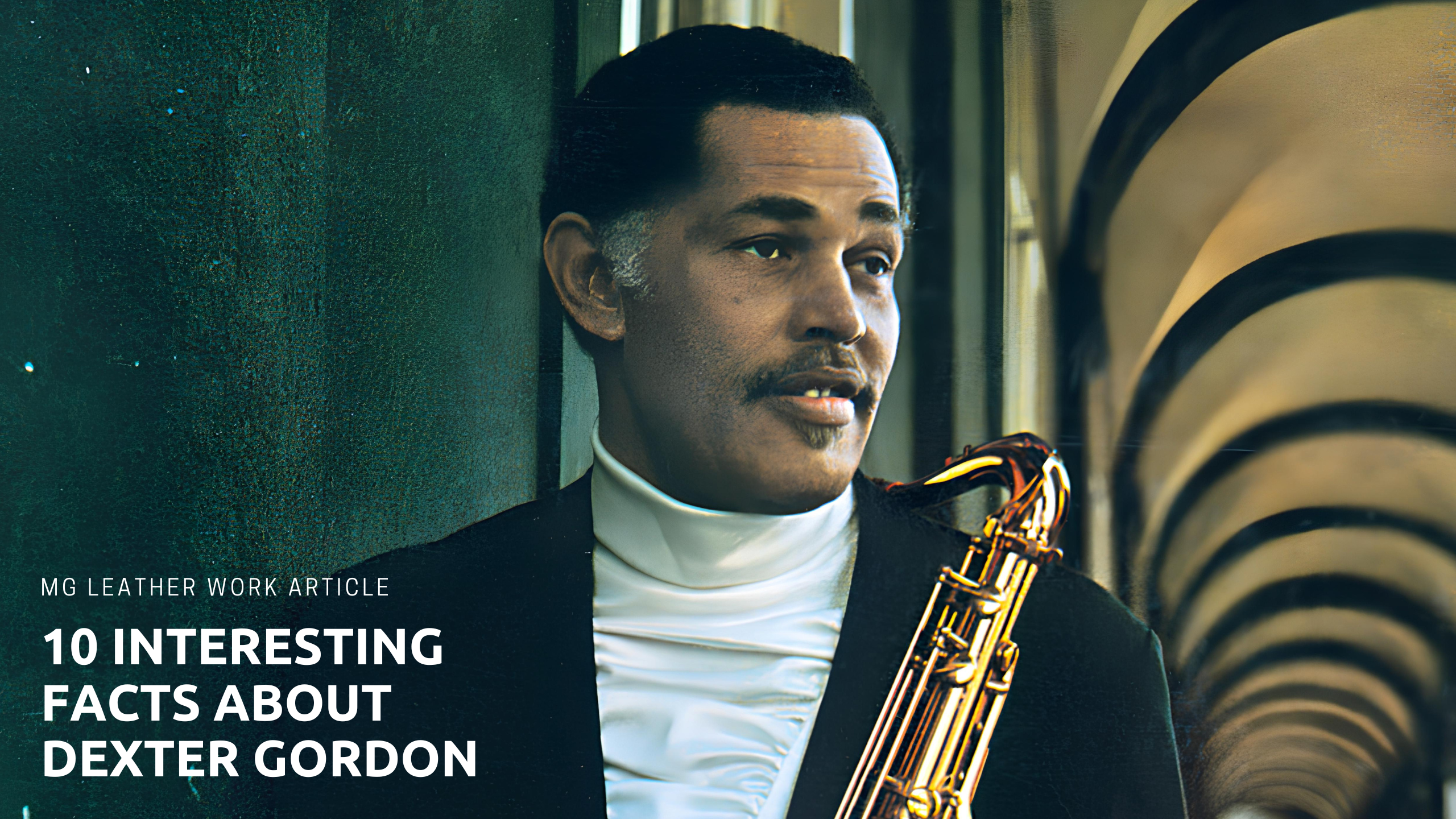
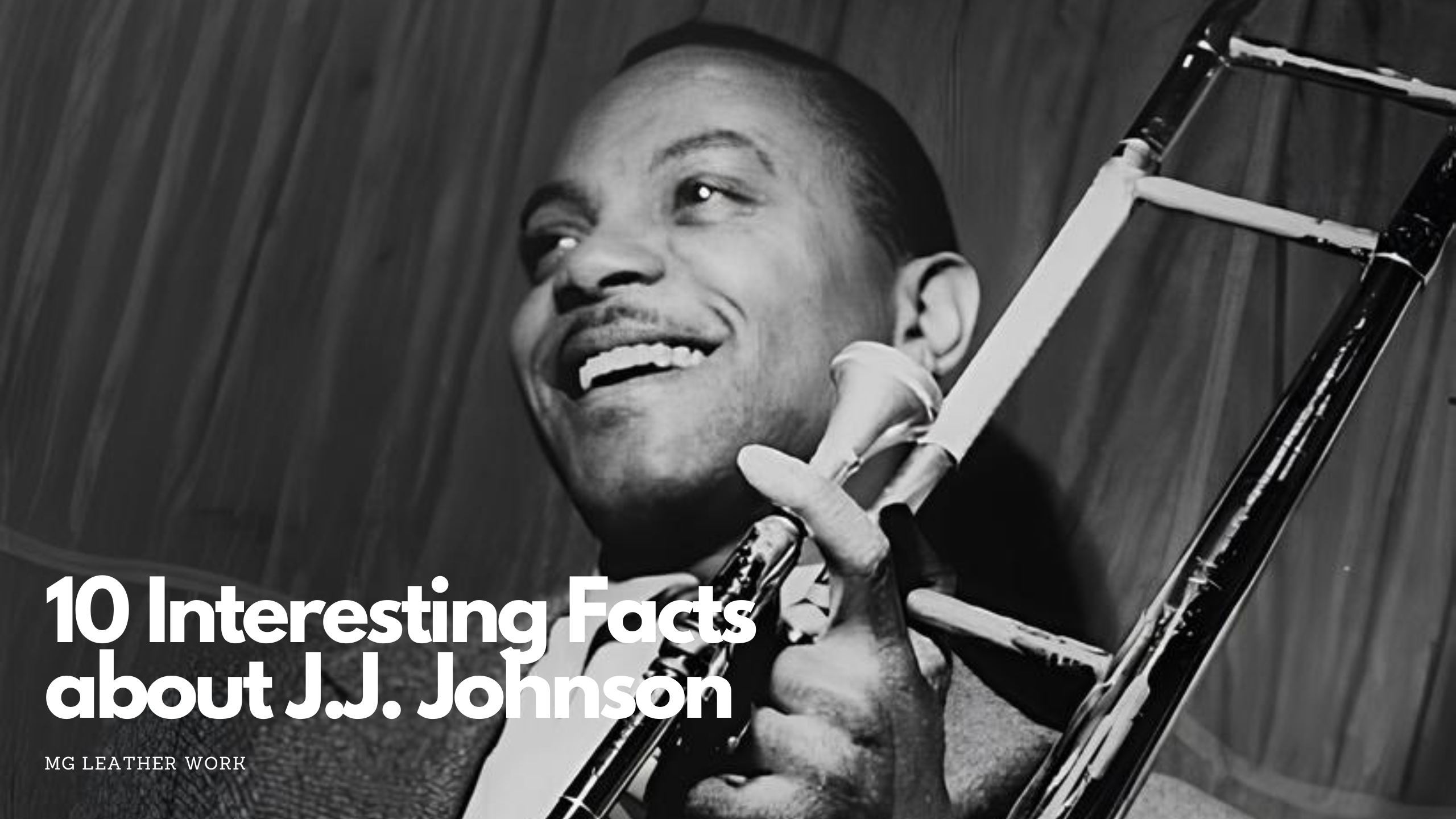

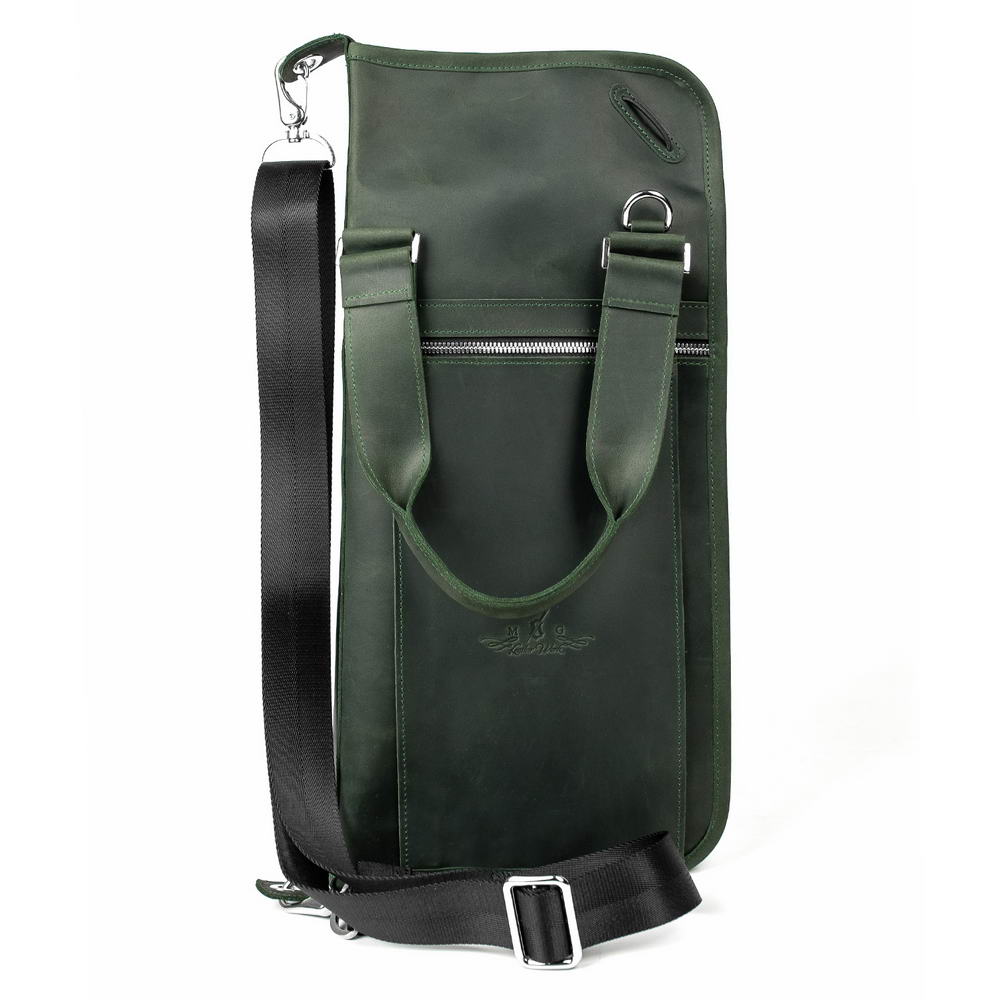
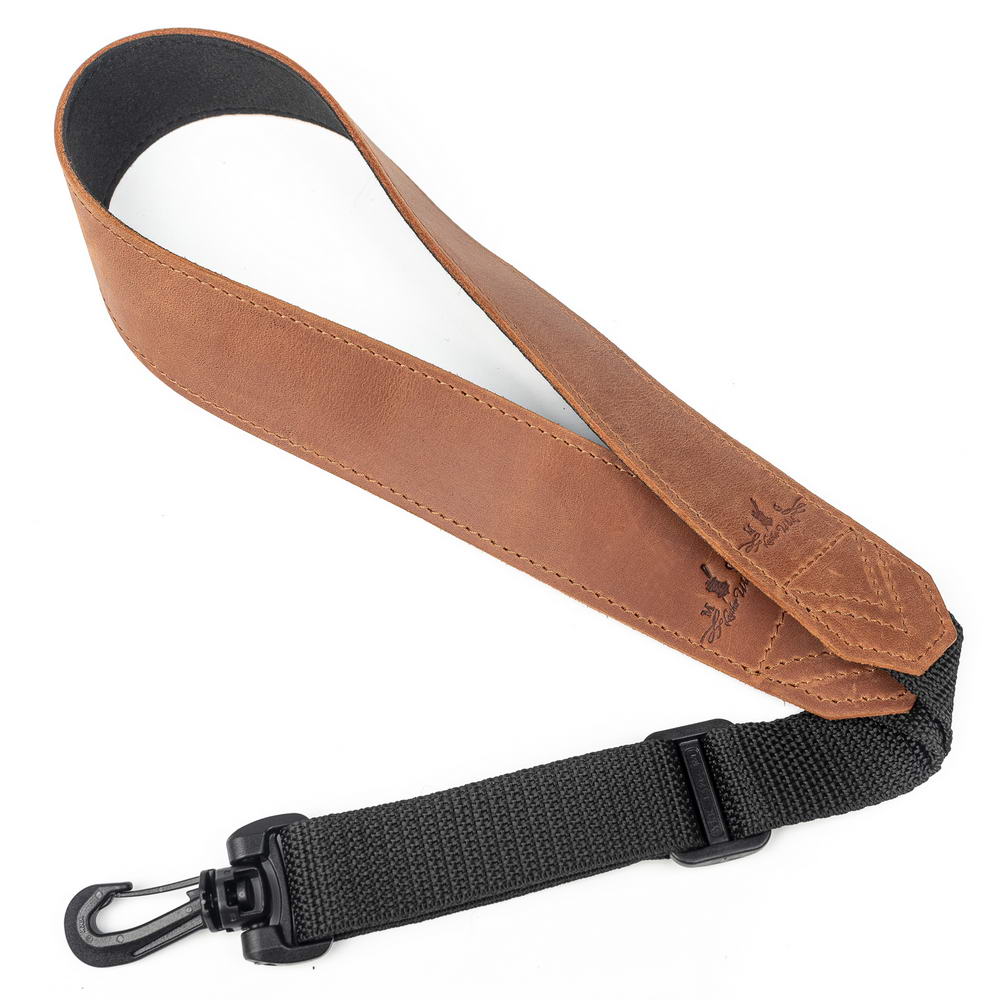
Leave a comment
This site is protected by hCaptcha and the hCaptcha Privacy Policy and Terms of Service apply.